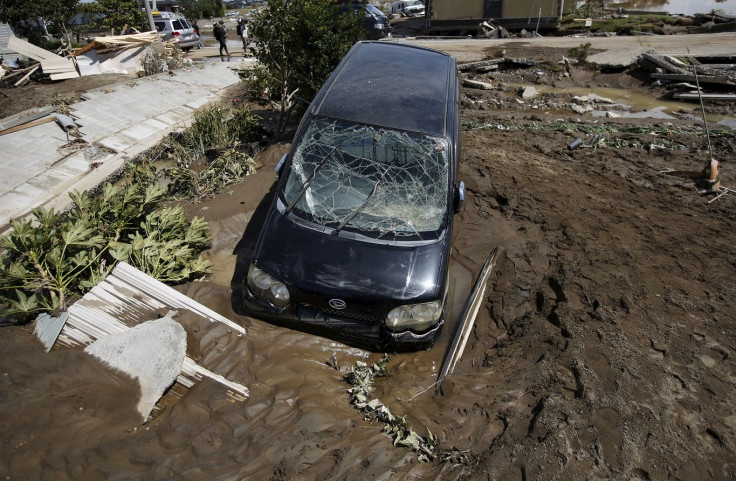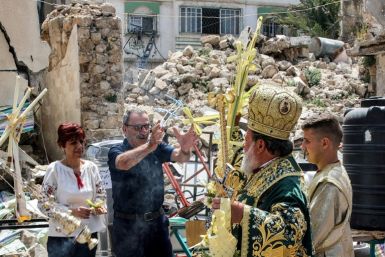Flood prompts emergency weather alert in Japan

On Friday, Japan issued the third emergency weather alert in Miyagi Prefecture since the floods caused by former Tropics Storm Etau hit the Mie and Aichi Prefecture regions on Wednesday. After striking eastern Japan on Wednesday, the rain and storm took a northward direction on Friday.
According to reports, the storm has caused the death of a woman and injured a minimum of 27 people. Around 12 people are reported missing after it caused the destruction of thousands of buildings and homes.
A flood-swollen Kinugawa River sent a tsunami-like wave in the Ibaraki Prefecture city of Joso early Thursday afternoon. The flow of the flood was towards north of Tokyo, forcing several people to either leave their houses or remain trapped on the upper floors. Public broadcaster NHK reported that 12 people have gone missing after the destruction and hundreds of people were awaiting rescue on Friday morning. The Japan Meteorological Agency declared an alert for Miyagi Prefecture as flood water continued to flow, with Sendai showing signs of landslide and river flooding.
The JMA reports depicted that the central business district of Sendai has experienced 269 millimetres of rain between 7:40 am Thursday and 7:40 am Friday local time. “We can say this is an abnormal situation and there is imminent serious danger,” JMA’s chief forecaster Takuya Deshimaru told BBC .
An emergency weather warning was also given on Thursday in Tochigi Prefecture and Ibaraki Prefecture. However, the risk was lowered in those regions on Friday. The NHK broadcast footage showed a military helicopter descending four times to rescue one person at a time within a 20-minute duration. The measure was taken due to the flood-lakes formed all over the area.
The Japan Self-Defence Force ohas played a vital role in the rescue operations during the disaster, as it did in earlier natural calamities such as the 2011 earthquake and tsunami. The effects of the disasters are given priority, but more preparations are focused on increasing the capacity of handling these storms in recent years.
Contact the writer at feedback@ibtimes.com.au, or let us know what you think below.






